By YTC Ventures Trending News , Technocrat Magazine
October 5, 2025
In a stark reminder of the unrelenting brutality defining Russia’s invasion of Ukraine, President Volodymyr Zelenskyy condemned a Russian drone strike on a passenger train station in the northeastern city of Shostka as “savage” on October 4, 2025. The attack, which targeted two civilian trains at the station in Ukraine’s Sumy region—mere 50 kilometers from the Russian border—resulted in one confirmed death and at least 30 injuries, according to Ukrainian officials and Zelenskyy’s Telegram post.
The president shared harrowing footage of a burning train carriage with shattered windows, accusing Moscow of deliberate terrorism against civilians. Zelenskyy urged Western allies to convert “resolute statements” into action, highlighting the strike as part of a pattern of intensified aerial assaults on Ukraine’s railway infrastructure, which have occurred almost daily for two months.This incident underscores the war’s evolution into a grinding campaign of attrition, where civilian targets like passenger trains serve as tools to terrorize populations and disrupt supply lines.
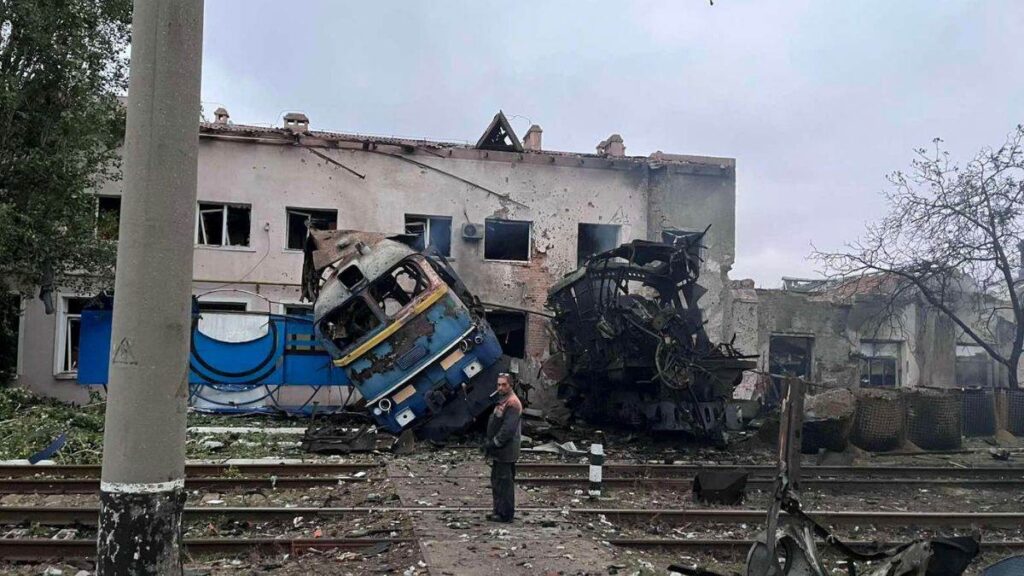
As the conflict enters its fourth year, the human and economic toll mounts, with no clear end in sight. Below, we provide a concise summary of the war, data on casualties and costs, projections for the future, and an analysis of ripple effects on European exports and sales.
A Summary of the War: From Blitzkrieg to Bloody Stalemate
Russia’s full-scale invasion of Ukraine on February 24, 2022, marked the largest European conflict since World War II, escalating a simmering hybrid war that began with the 2014 annexation of Crimea and support for separatists in Donbas. Initially framed by Vladimir Putin as a “special military operation” to “denazify” Ukraine, the assault aimed for a swift capitulation of Kyiv but faltered against fierce Ukrainian resistance, bolstered by Western arms and intelligence.By mid-2022, Ukraine had reclaimed swathes of territory in Kharkiv and Kherson through audacious counteroffensives. However, Russia’s pivot to attrition—relying on mass conscription, Iranian drones, North Korean munitions, and glide bombs—has yielded incremental gains, particularly in Donetsk Oblast. As of October 2025, Russian forces occupy about 19-20% of Ukraine, including Crimea and parts of Donbas, Luhansk, Kherson, and Zaporizhzhia.
Ukraine’s incursion into Russia’s Kursk region in August 2024 briefly shifted momentum but has since stalled amid manpower shortages.The war has globalized: Sanctions have isolated Russia economically, while Ukraine’s defense has strained NATO unity. Over 6.9 million Ukrainians are refugees, and 3.7 million are internally displaced.
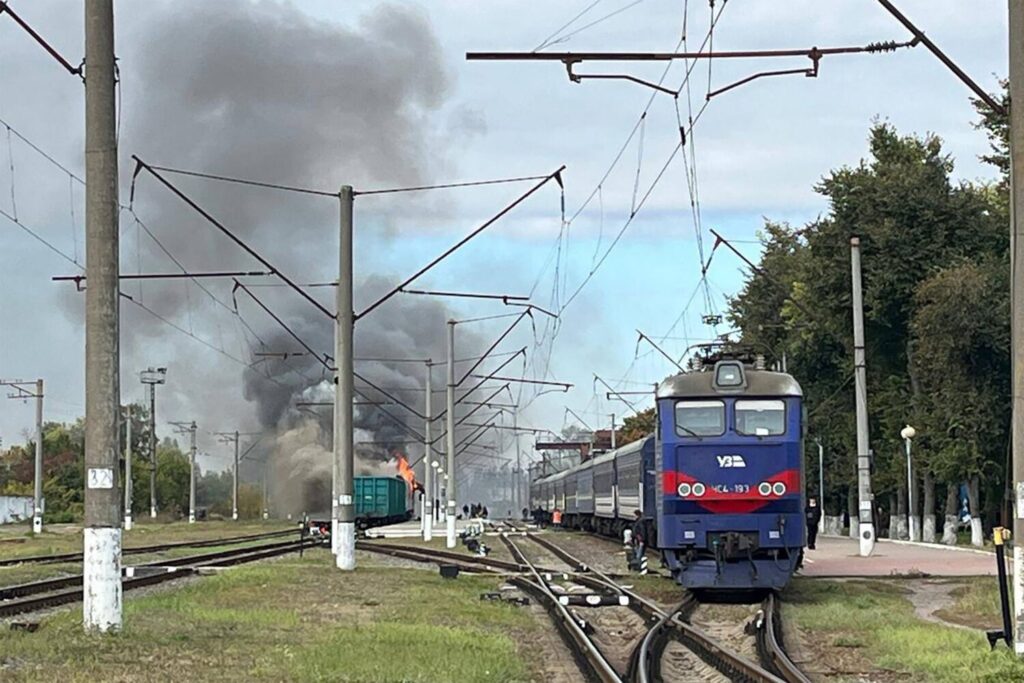
Civilian infrastructure, especially energy grids, faces systematic destruction, with July 2025 seeing the highest monthly civilian casualties since May 2022 (286 killed, 1,388 injured).
The conflict’s hybrid elements—cyberattacks, disinformation, and proxy escalations—extend its shadow beyond the frontlines.
Human Toll: A Grim Ledger of Lives Lost
The war’s casualty figures, drawn from verified open-source intelligence, UN reports, and Western analyses, reveal staggering losses on both sides. Estimates vary due to fog-of-war opacity, but consensus points to over 1.4 million total military casualties by mid-2025, with civilians bearing an outsized burden in occupied territories.
Russia’s disproportionate reliance on poorly trained recruits has inflated its toll, while Ukraine grapples with demographic collapse from emigration and deaths.
| Category | Russia | Ukraine | Source Notes |
|---|---|---|---|
| Military Deaths | 250,000 (high estimate; confirmed named: ~77,000 by Sep 2025) | 60,000–100,000 (confirmed named dead/missing: ~155,000 by Sep 2025) | CSIS (Jun 2025); UALosses/Mediazona/BBC |
| Military Wounded | ~700,000–950,000 (total casualties nearing 1M by summer 2025) | ~300,000–380,000 (total ~400,000 by Feb 2025) | US intel/NYT (Jun 2025); Zelenskyy (Feb 2025) |
| Civilian Deaths | Minimal verified in Russia (e.g., Kursk incursion: dozens) | 13,883 (verified as of Aug 2025; true toll higher) | UN OHCHR (Aug 2025) ukraine.ohchr.org |
| Total Casualties (Mil + Civ) | ~1,000,000 (projected by summer 2025) | ~500,000+ (mil + ~35,000 injured civ) | Aggregated estimates |
These numbers, while conservative, eclipse Soviet losses in post-WWII conflicts combined.
Ethnic minorities in Russia (e.g., Buryats) suffer disproportionately, while Ukraine’s losses exacerbate a pre-war fertility crisis.
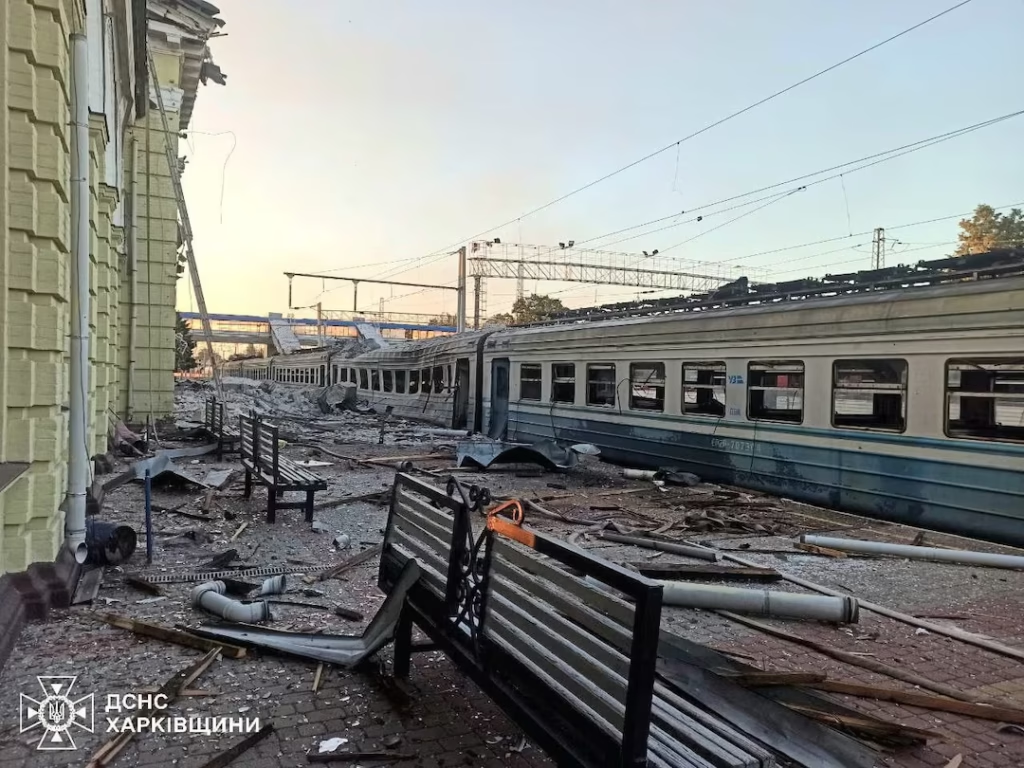
Economic Devastation: Costs and Losses for Russia and Ukraine
The war’s financial hemorrhage totals hundreds of billions annually, with Ukraine’s economy contracting ~20% since 2022 and Russia’s propped up by wartime spending but eroded by sanctions.
Direct military expenditures alone approach $300 billion by early 2025, excluding reconstruction needs estimated at $486 billion for Ukraine over the next decade.
Russia funds ~$500M–$1B daily, but GDP growth has slowed to 1.3% in 2024 and 0.9% projected for 2025.
| Category | Russia | Ukraine | Total/Global Notes |
|---|---|---|---|
| Direct Military Spending | $132B (2022–2024); 13.5T RUB ($140B) in 2025 budget | ~$20B shortfall for 2026; reliant on $88B EU aid (2022–2024) | ~$300B combined by Feb 2025 |
| GDP Loss | $81B–$104B (2022); slowed growth to 1.4% (2025 proj.) | 20% contraction ($200B GDP now); $486B recon. need | Sanctions froze $340B Russian |
| Sectoral Losses | Energy exports down 8% since 2022; $847B fossil fuels earned (2022–2024) | Commerce/Industry: $173B; Agriculture: $70B (2022–mid-2025) | Russia: $235B energy rev. 2024; Ukraine: 1/3 private consumption |
| Other Losses | $322B financial capital destruction (2022); inflation at 8.1% | Infrastructure: $152B direct damage; 70M global poverty push | Total war cost: $500M–$1B/day for Russia |
Russia’s economy, once buoyed by high energy prices, now faces recession risks from tax hikes (up 73% in 2025) and sanctions circumvention crackdowns.
Ukraine’s survival hinges on Western loans, like the G7’s $50B from frozen Russian assets.
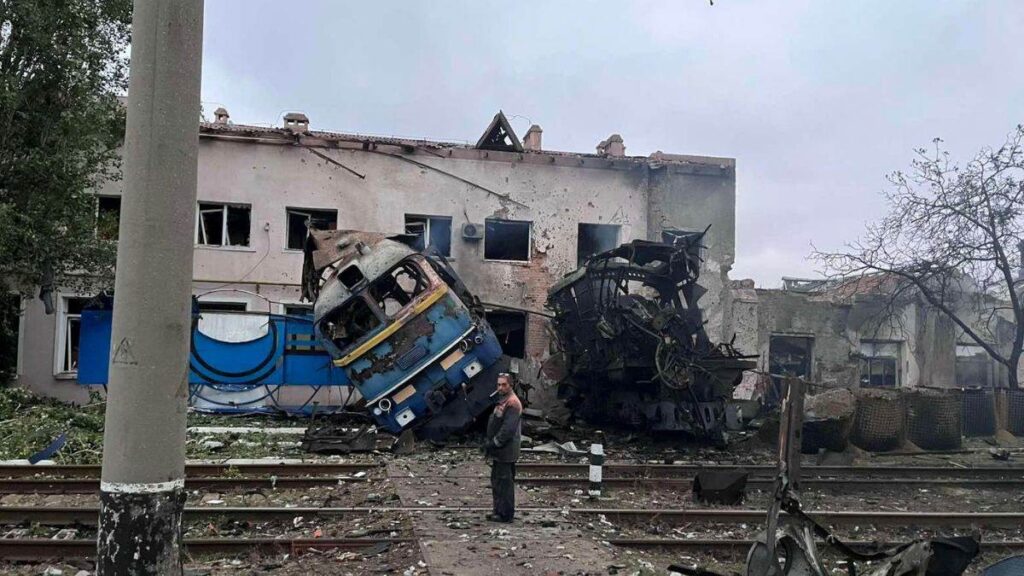
The Shadow of Tomorrow: What Lies Ahead?
Forecasts for 2025 paint a protracted stalemate, with a 31% probability of continued attrition per GLOBSEC scenarios.
Russia’s summer offensive failed to breach key lines like Pokrovsk, but manpower mobilization (89,601 recruits Q1 2025) sustains pressure.
Ukraine eyes 2025 offensives if European defense output ramps up, but U.S. policy under President Trump—favoring negotiations—could force concessions, potentially freezing lines à la Minsk accords. Putin’s demands—a neutral, compliant Kyiv government—clash with Ukrainian resolve, likely dragging the war months or years.

Breakthroughs remain possible: Ukrainian drone strikes on Russian refineries (reducing oil revenues to 5-year lows) or NATO escalations could tip balances.
Optimists see a ceasefire by late 2025 enabling elections and reconstruction; pessimists warn of nuclear brinkmanship or frozen conflict entrenching occupation.
War’s Echo in Europe: Disrupted Exports and Sales
The invasion has weaponized global supply chains, hitting EU exports and sales hardest through energy shocks and food volatility. Pre-war, Russia supplied 40% of EU gas; by 2023, this fell to 8%, but LNG imports rose, costing €21.9B in 2024—exceeding €18.7B in aid to Ukraine.
The EU’s 18th sanctions package (July 2025) slashed the Russian oil cap to $47.6/barrel, banning refining tech exports and shadow fleet services, potentially cutting Kremlin revenues by €51B annually. Food security faltered as Ukraine’s grain blockade spiked prices; EU “solidarity lanes” exported millions of tonnes since 2022, but attacks on ports persist.
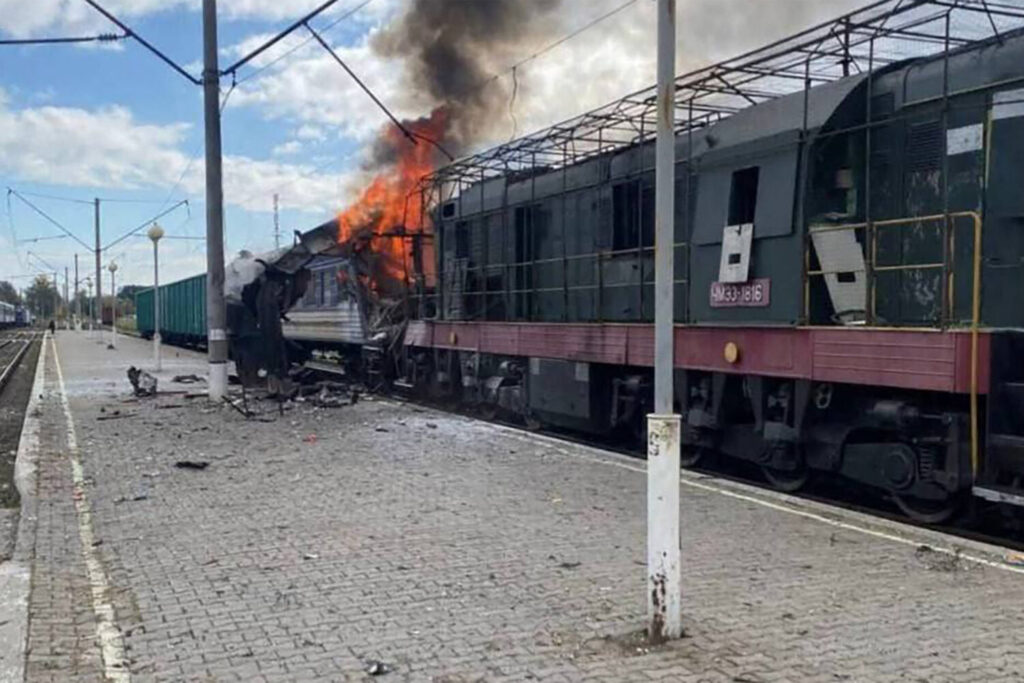
EU exports to Russia (e.g., tech, luxury goods) plummeted under bans, while imports of Russian steel/coal ceased, inflating costs for industries like autos and fertilizers.
Overall, the war drove 70M into energy poverty, slowed EU growth by 0.5–1%, and accelerated renewables (global capacity to hit 7,300 GW by 2028). As Shostka’s flames fade, the war’s savagery endures. For technocrats charting progress amid chaos, the lesson is clear: Innovation in sanctions, drones, and diplomacy may yet forge a path to accountability. But without unified resolve, Putin’s attrition could claim more than lives—it risks eroding the post-WWII order itself.

Comments